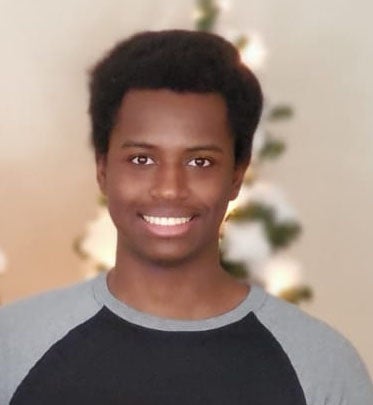Menelik Weatherspoon

Pronouns: Him/He/His
UROP Fellowship: Engineering
Research Mentor(s): Dawen Cai, PhD
Cell and Developmental Biology; Biophysics; Neuroscience Graduate Program
Presentation Date: Monday, July 27, 2020 | Session 1 | Presenter: 7
Authors: Menelik Weatherspoon, Logan Walker, Dawen Cai
Abstract
In order to allow a brain to function properly, groups of brain cells (neurons) need to form an interconnected network and communicate with each other. While a lot is known about how individual neurons work, it is less clear about the connections between neurons that make them work together. One essential technique to learn about the brain’s connection is to use microscopes to take 3D images of the brain that can later be analyzed. To overcome the resolution limit of using light microscopy to study the brain, we combined a sample expansion technology and Brainbow, a genetic technology, which labels neighboring neurons in distinct colors to resolve the intermingled neuronal processes. These techniques generate 3D multispectral brain images with tens of nanometer resolutions. While a high resolution allowed us to determine the synapses between neurons to map the connection diagrams of the brain the resulting large files (up to 100 TB/dataset) make it difficult to process all the data using routine computational resources. In addition, there is an urgent need to allow researchers to access the data remotely so that they can “work from home”. Creating new computation solutions to display and process these data is essential for the ultimate success to map the neural connections throughout the brain. In my research, I took the advantage that the Cai lab has adapted Neuroglancer, a software that was designed to display grayscale images of unlimited size to work in full-spectrum images. Built upon Neuroglancer, I implemented algorithms to allow semi-automated neuronal tracing and highlight the result on the raw image. With code optimization, the web application can now work smoothly to handle large data. Increasing the accessibility of the raw data to the researchers will allow them to increase productivity due to the convenience and access to their work. This will help to improve how quickly we can learn about the brain, especially in these times where access to an office or public places is restricted.
Google Slide Presentation
Presentation Script
Research Disciplines
Engineering



